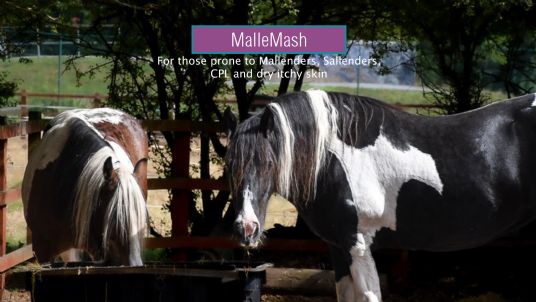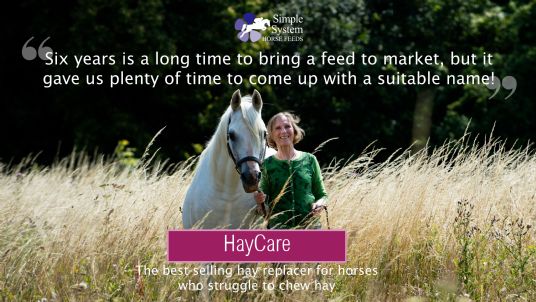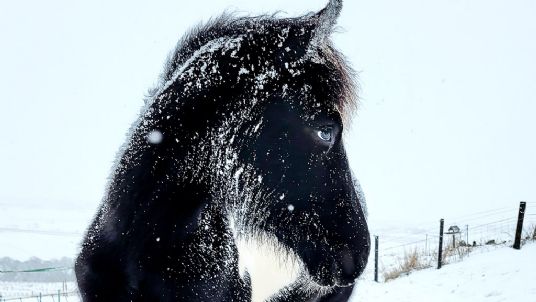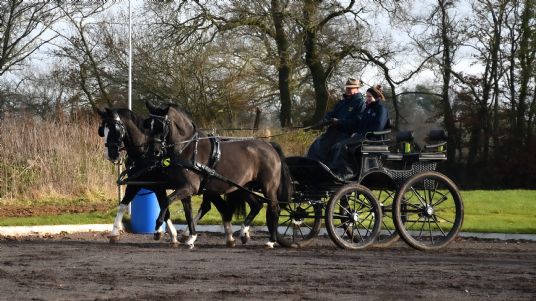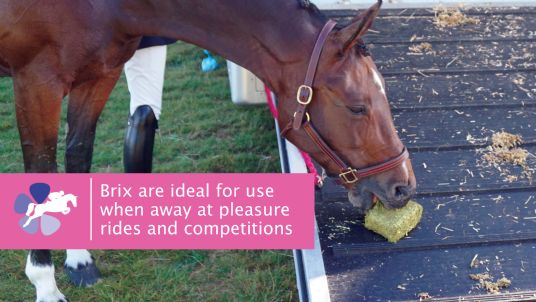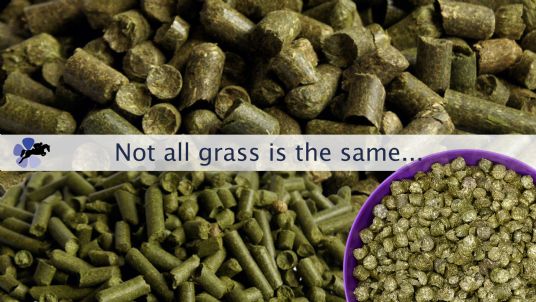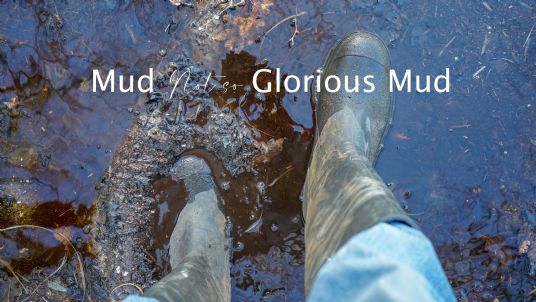Chops for Mallenders and Sallenders
Q. Can I add a chop to MalleMash?
A. Yes, but choosing the right chop is crucial!
This is one of our most frequently asked questions when it comes to MalleMash - our feed created for those prone to Mallenders, Sallenders, CPL and dry itchy skin.
MalleMash was formulated to be fed on it’s own as a quick soak mash. Adding a chop / chaff will add additional texture and prolong eating time. Deciding which chop to feed can be crucial. Here at Simple System we avoid molasses, cereal, cereal by products, straw, soya and preservatives. These can all irritate sensitive horses.
